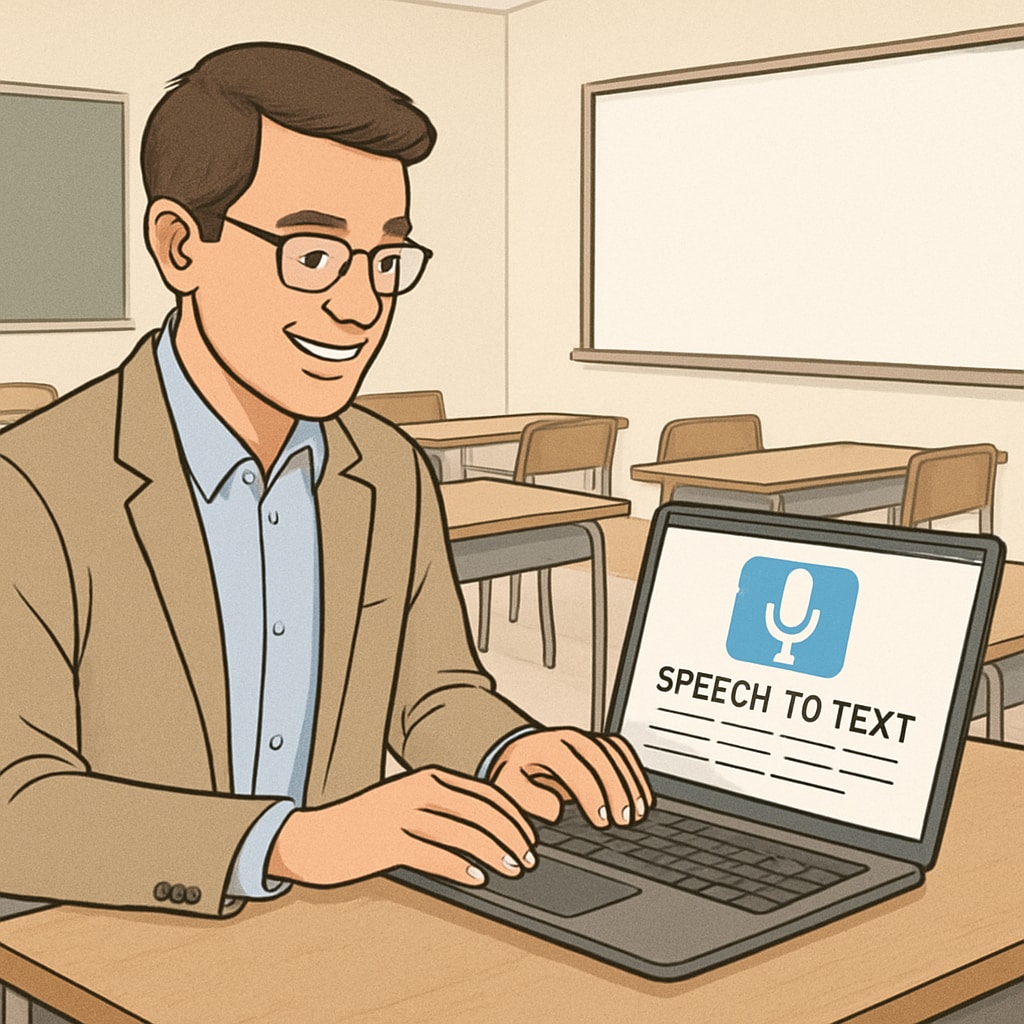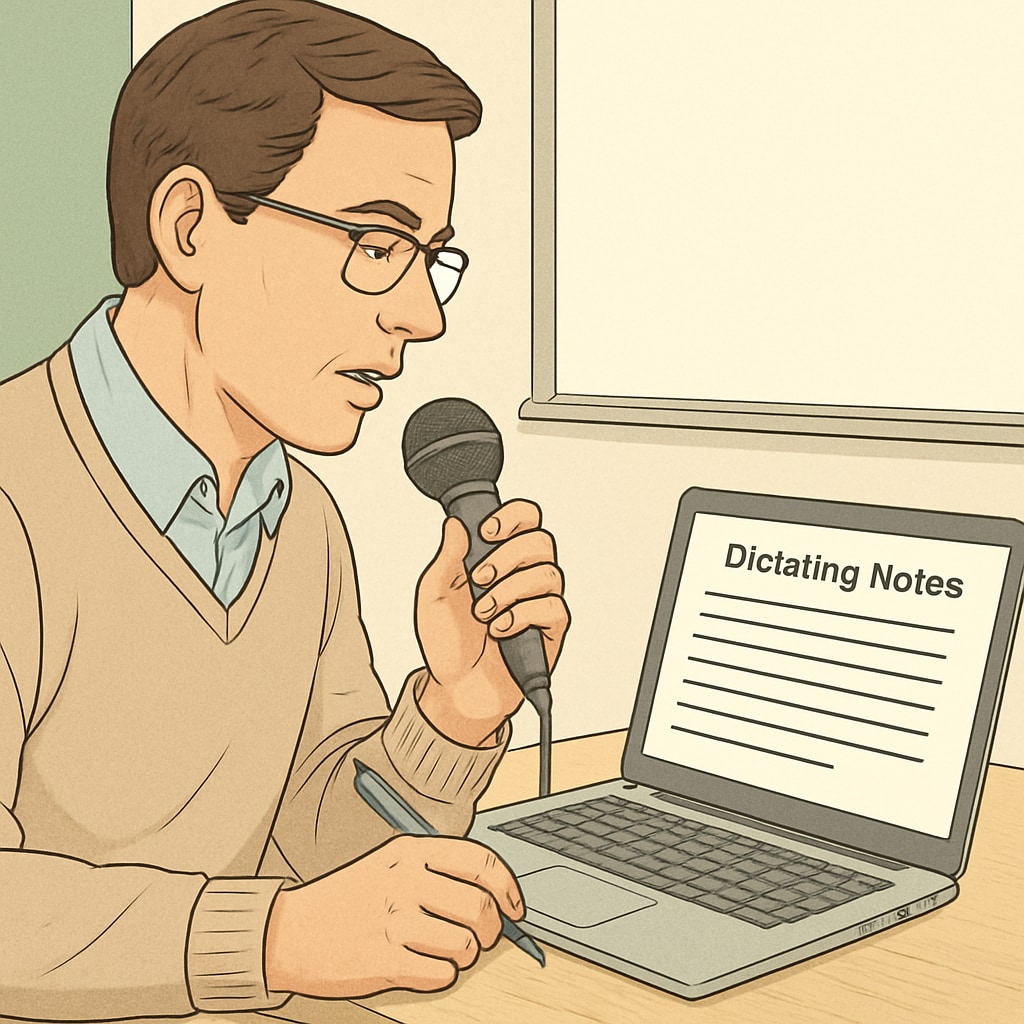Modern speech recognition tools, such as WillowVoice, are revolutionizing the way K12 teachers manage their daily responsibilities. By seamlessly integrating speech-to-text technology into teacher workflows, these tools significantly enhance teaching efficiency while reducing the burden of administrative tasks. This article explores how speech recognition is reshaping education, backed by real-world examples, and highlights why teachers are embracing this technological advancement.
The Administrative Burden on K12 Teachers
Administrative tasks, from grading assignments to drafting lesson plans and writing reports, consume a significant portion of a teacher’s time. Studies reveal that teachers spend nearly 50% of their work hours on non-teaching activities, leaving limited time for engaging with students or innovating classroom practices. This imbalance often leads to burnout and diminished job satisfaction.
However, technological tools like WillowVoice offer a solution. By utilizing speech recognition, teachers can convert spoken words into text, dramatically speeding up tasks like report writing, grading comments, and attendance logs. As a result, they can reclaim valuable time to focus on their primary role—teaching.

How Speech Recognition Tools Like WillowVoice Work
Speech recognition tools leverage advanced artificial intelligence (AI) algorithms to transcribe spoken language into written text in real-time. WillowVoice, for instance, is designed specifically for educators, offering features such as:
- Customizable Vocabulary: Teachers can add subject-specific terms that the system learns for accurate transcription.
- Multi-Language Support: Ideal for bilingual classrooms or language learning settings.
- Integration with Existing Systems: WillowVoice syncs with grading software, email platforms, and digital whiteboards.
By streamlining repetitive tasks, these tools not only save time but also reduce errors, ensuring a smoother workflow for educators.
Real-World Benefits: Case Studies in K12 Education
Consider the example of a middle school teacher who uses WillowVoice to draft end-of-term student evaluations. Instead of typing out personalized comments for 30 students, the teacher speaks into a microphone, and the tool generates accurate, well-structured feedback within minutes. This process once took hours but now requires less than half the time.
Another case involves an elementary school teacher managing attendance and classroom behavior logs. By simply speaking the names of absent students or noting behavioral incidents aloud, all records are instantly updated in the school’s database. The result is a stress-free administrative process that allows the teacher to focus more on students.

The Future of Speech Recognition in Education
The potential of speech-to-text technology in education extends far beyond administrative tasks. As AI continues to evolve, tools like WillowVoice could support real-time language translation, assistive technologies for students with disabilities, and even interactive teaching methods. For instance, teachers might use voice commands to control smart classrooms, creating a more dynamic and interactive learning environment.
Moreover, as these tools become more accessible, schools may experience broader benefits, such as improved teacher retention rates and more personalized student support.
Conclusion: Transforming Education Through Technology
Speech recognition tools like WillowVoice are more than just time-saving devices; they are transformative innovations that empower teachers to focus on what truly matters—educating students. By alleviating the administrative burden, these technologies are reshaping the relationship between educators and their workflows, paving the way for a more efficient and engaging educational experience.
As K12 schools increasingly adopt these tools, the future of teaching looks brighter, with teachers equipped to deliver high-quality education while maintaining a healthier work-life balance.
For further reading:
Readability guidance: The article balances informative content with readability through short paragraphs, bulleted lists, and clear transitions. It keeps sentences concise while ensuring technical terms are explained for a broad audience.


